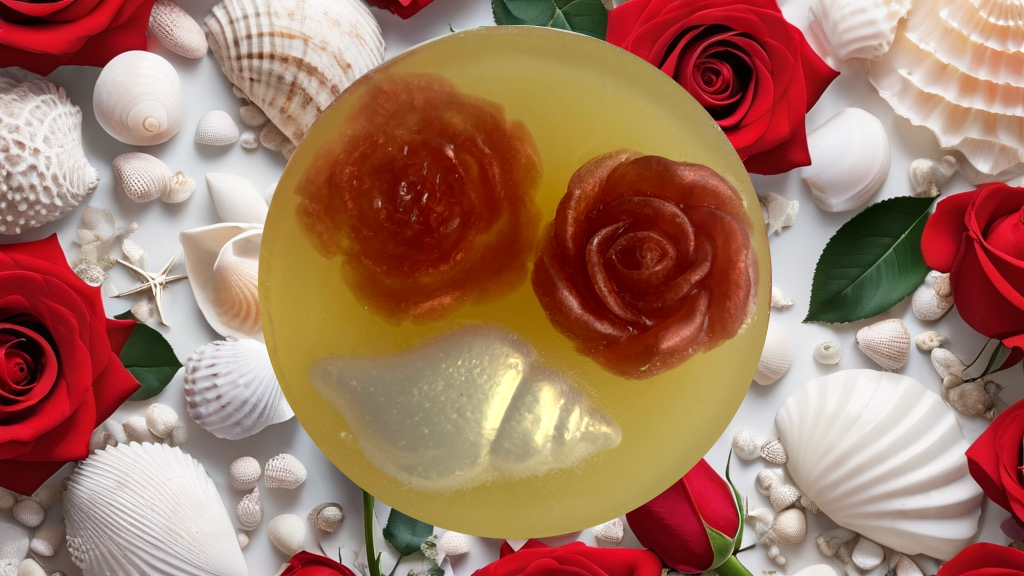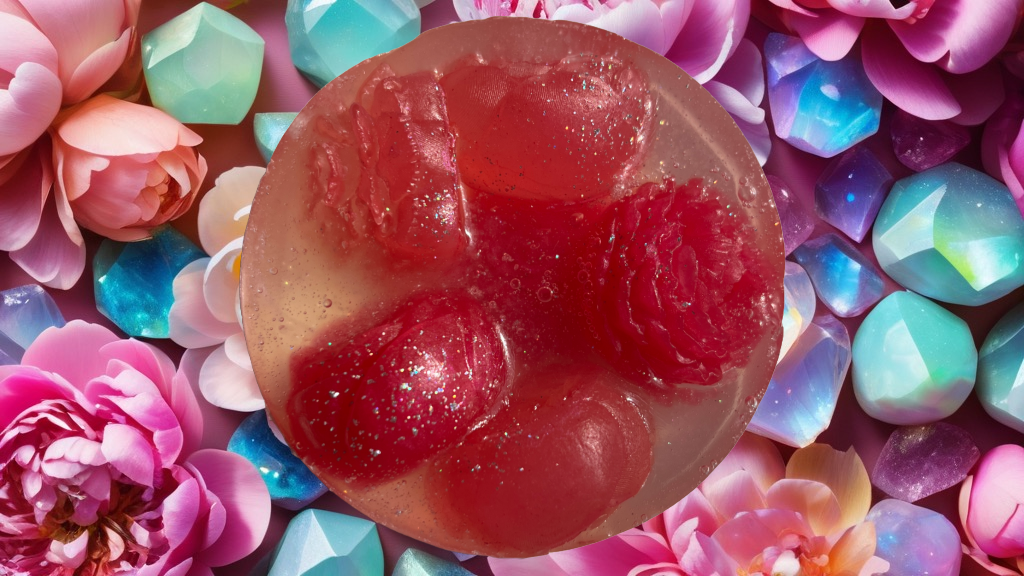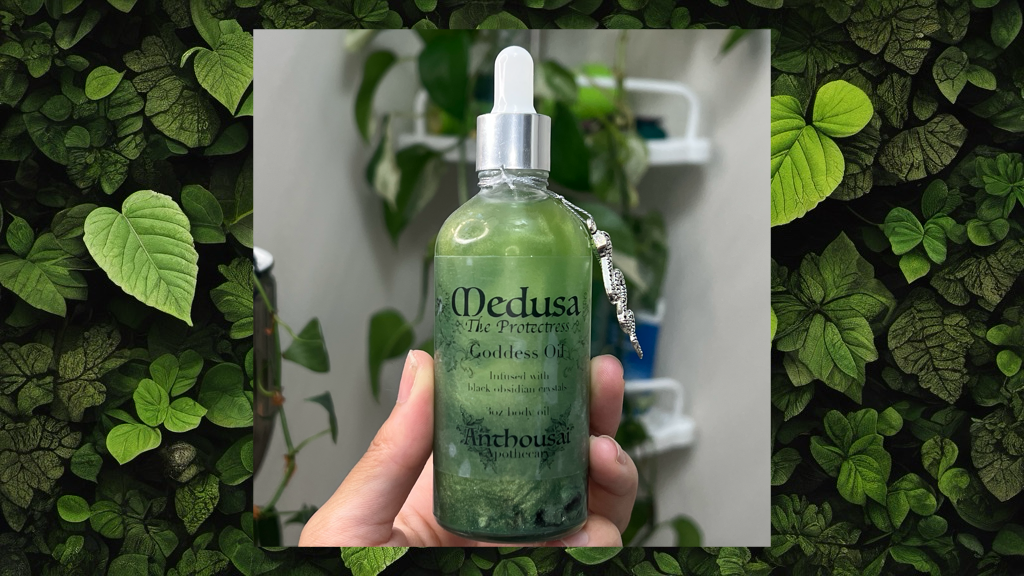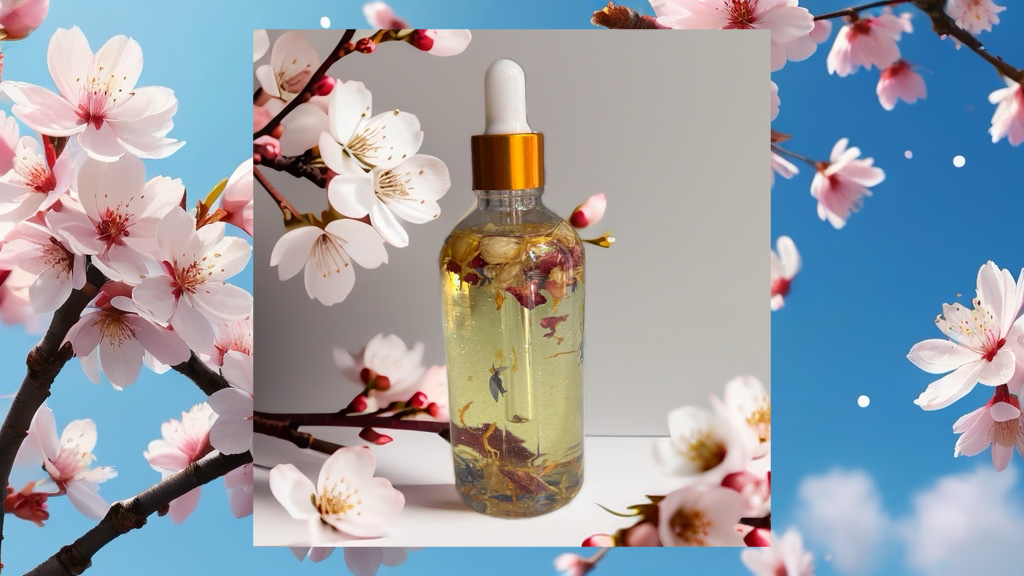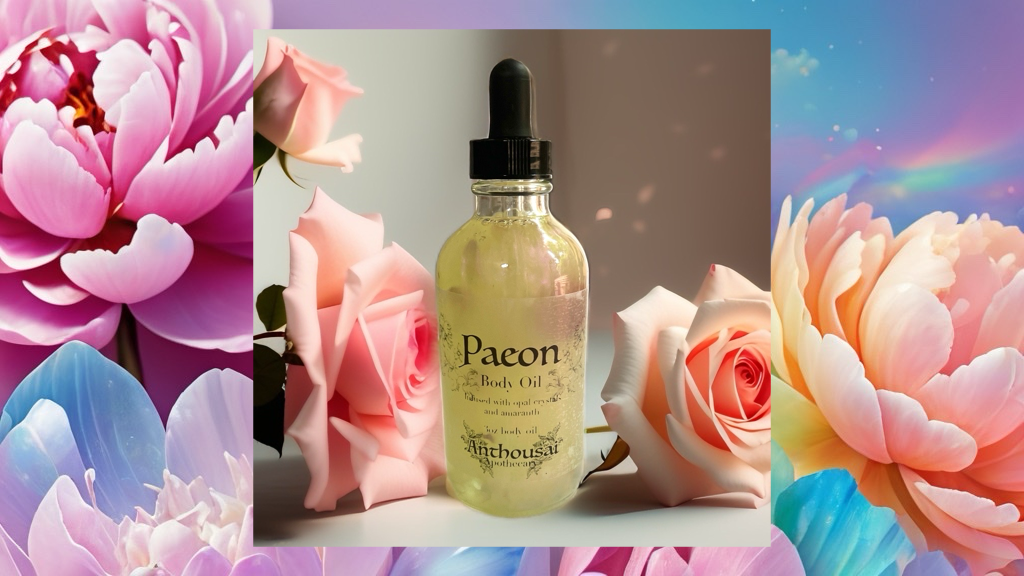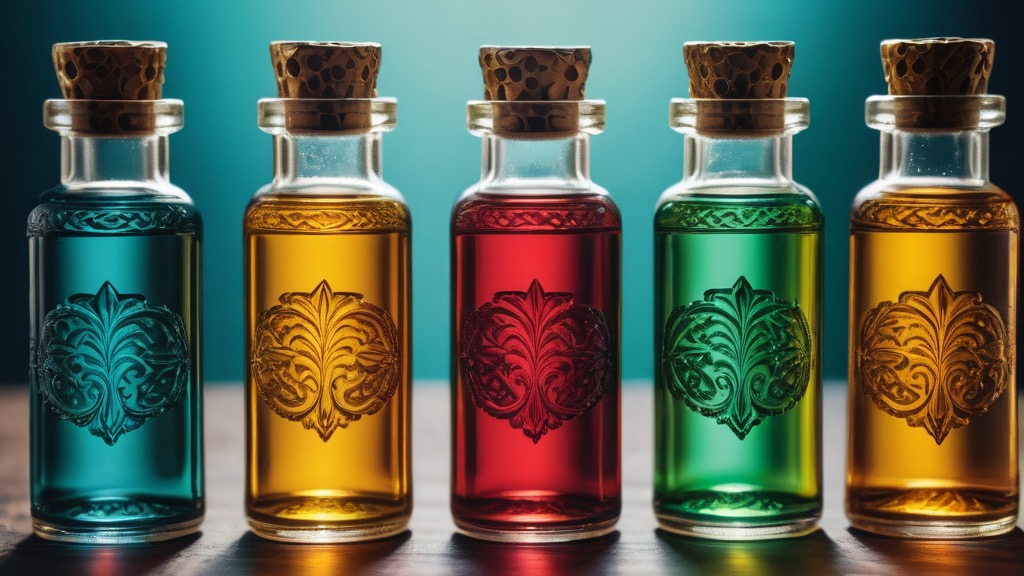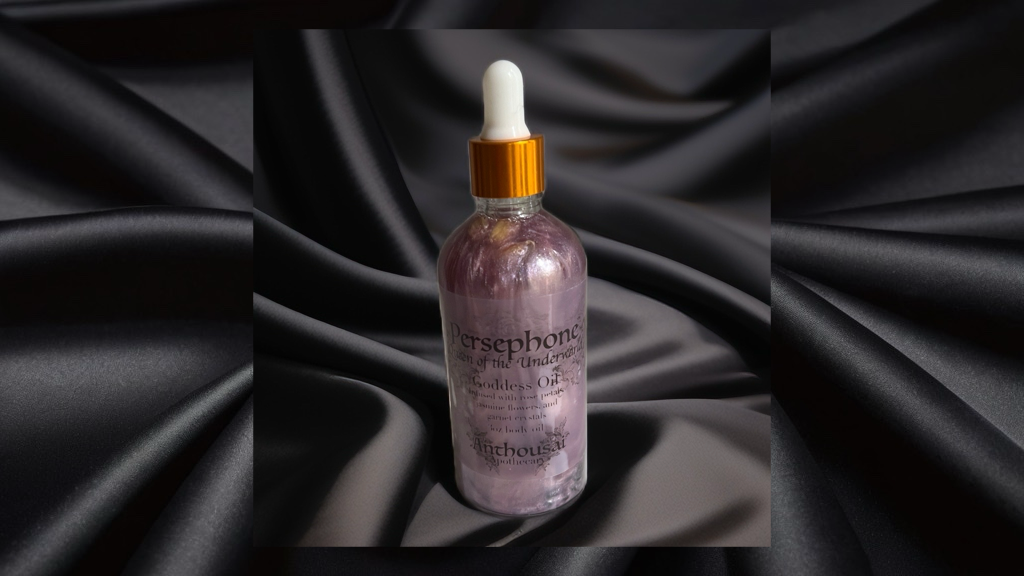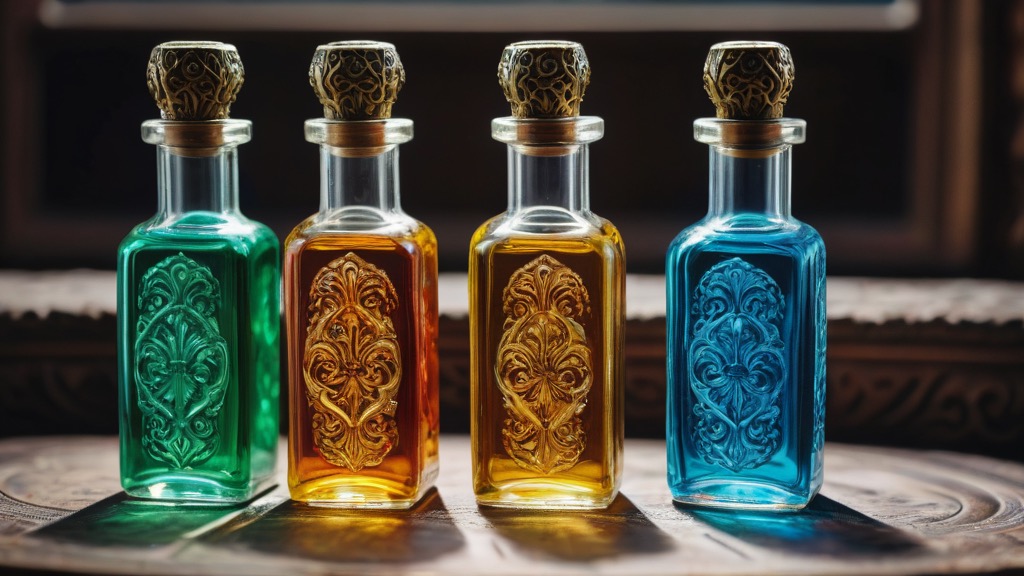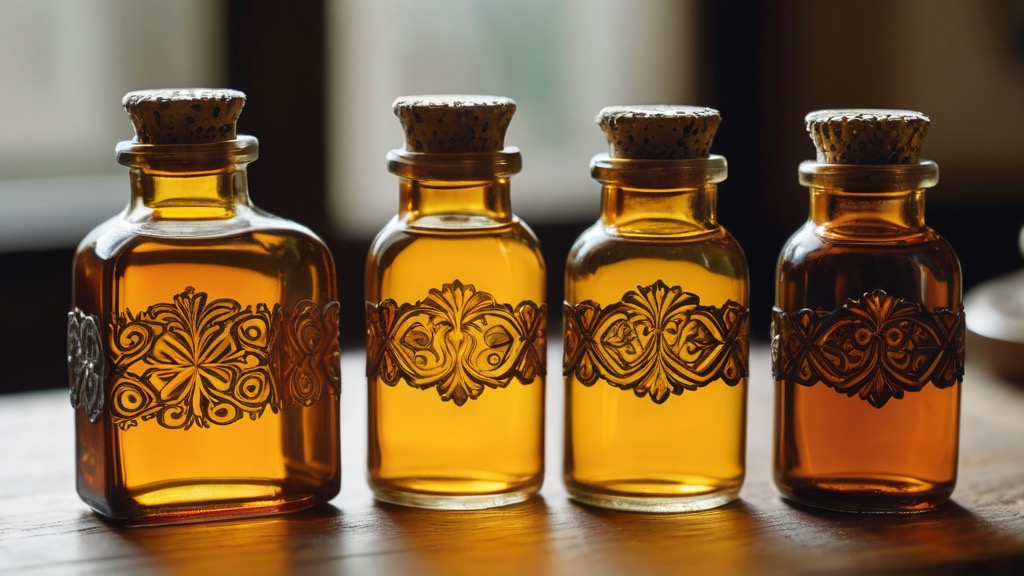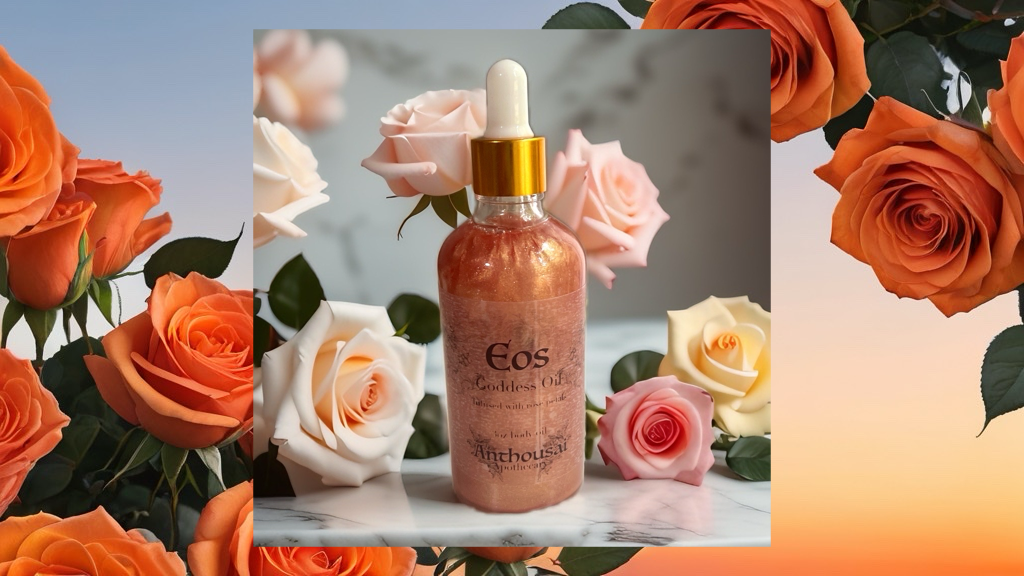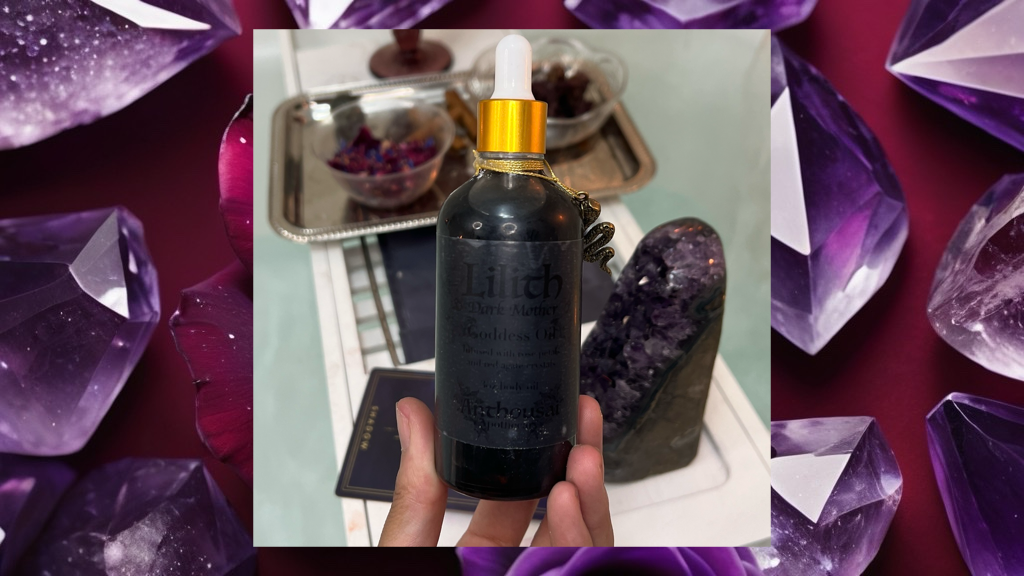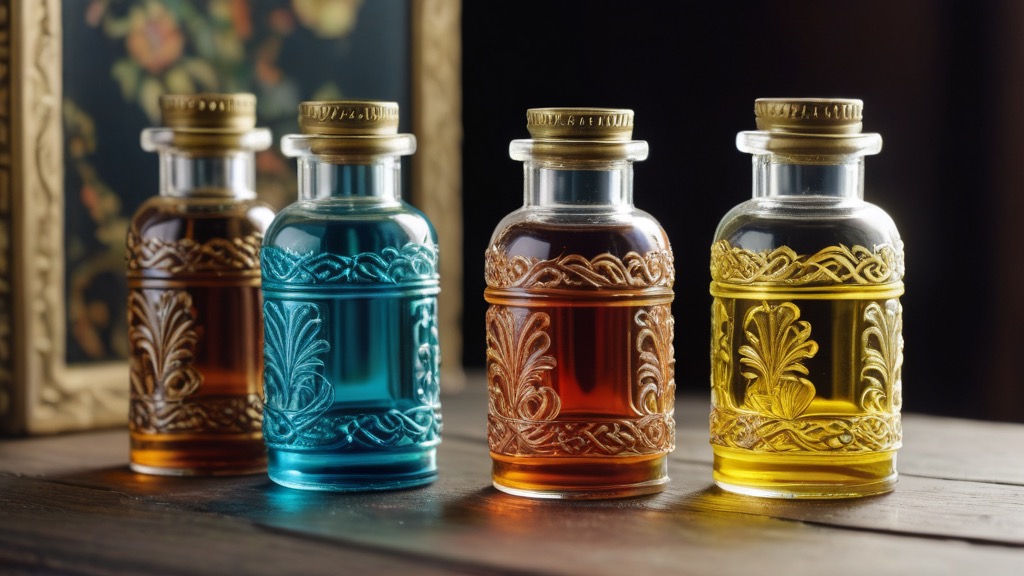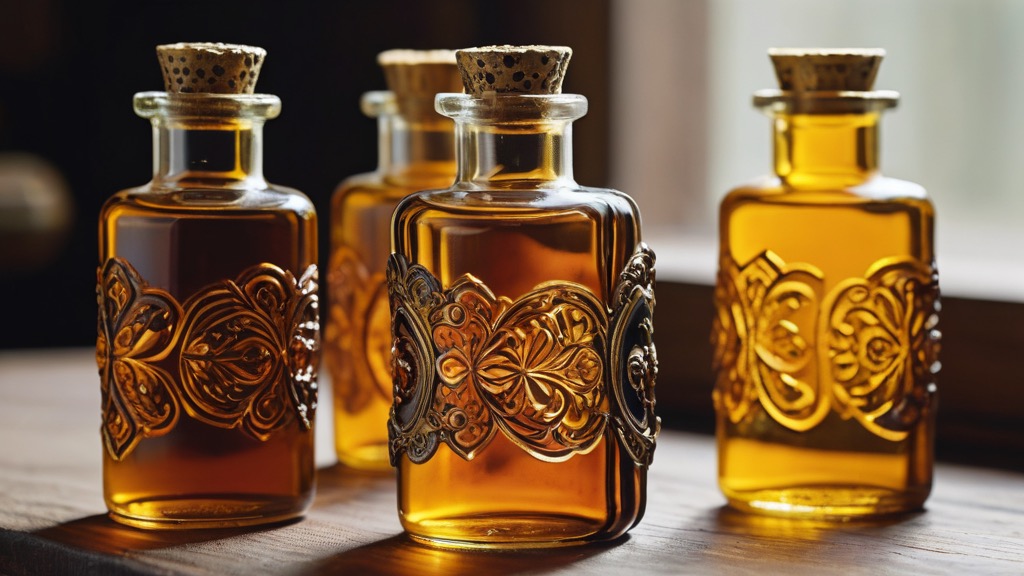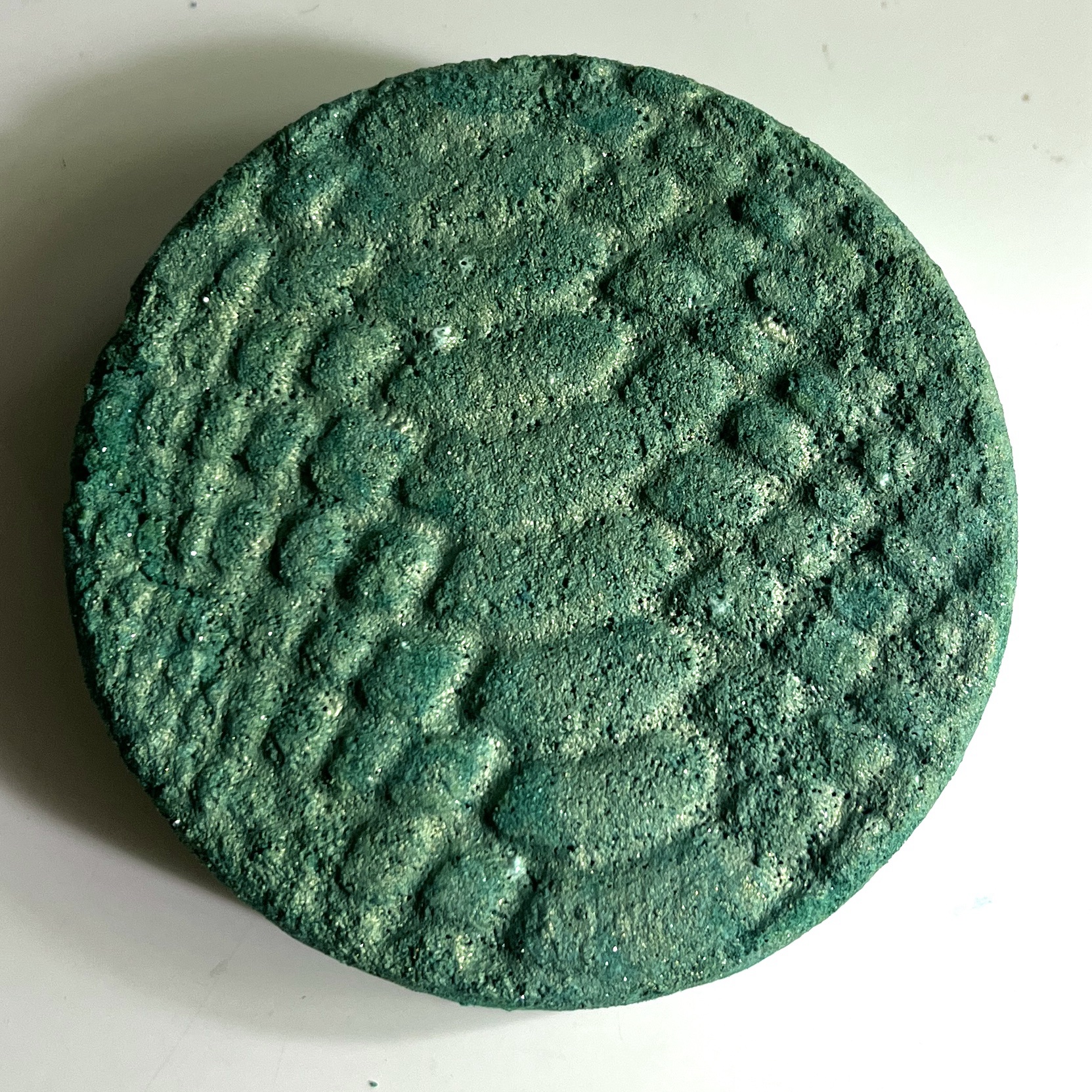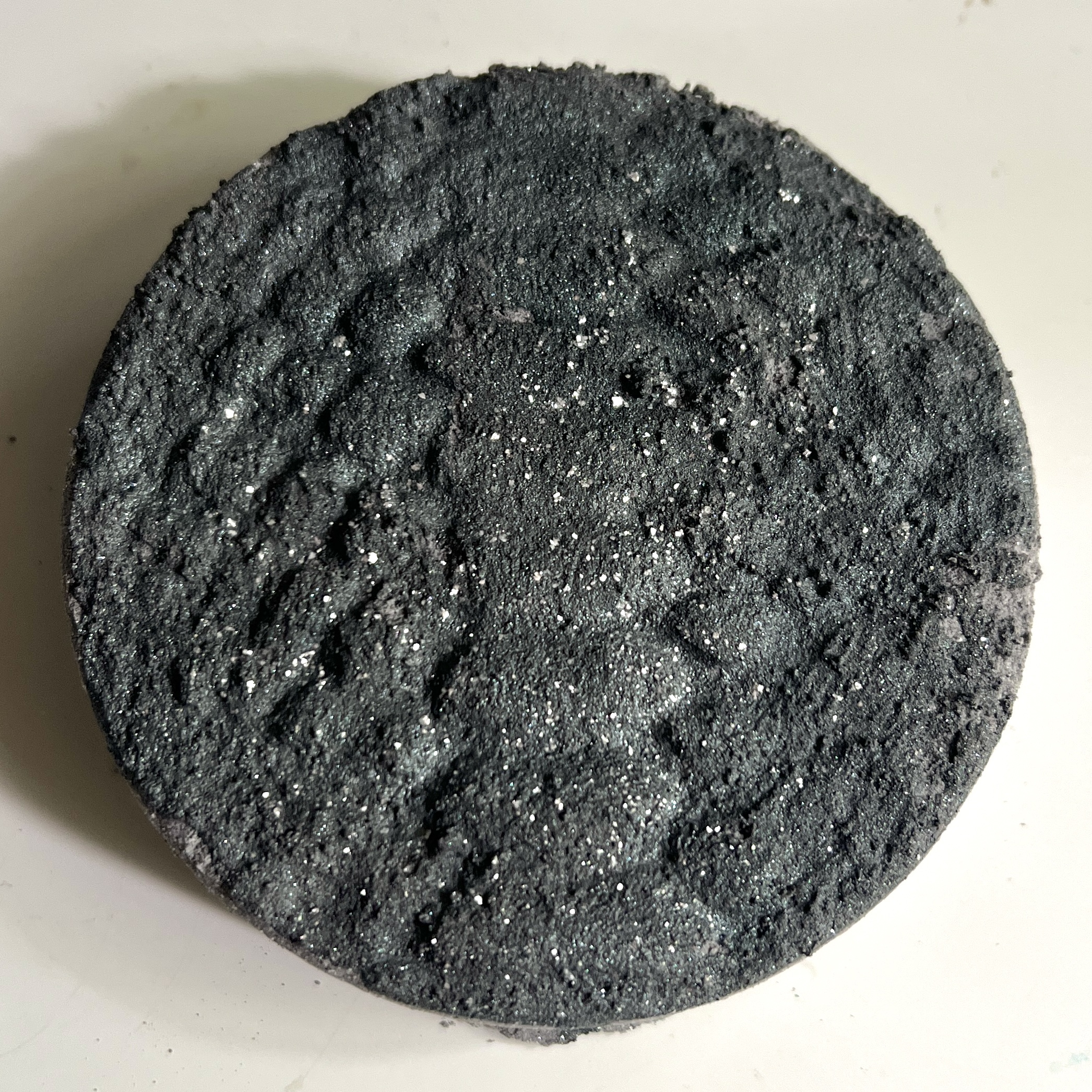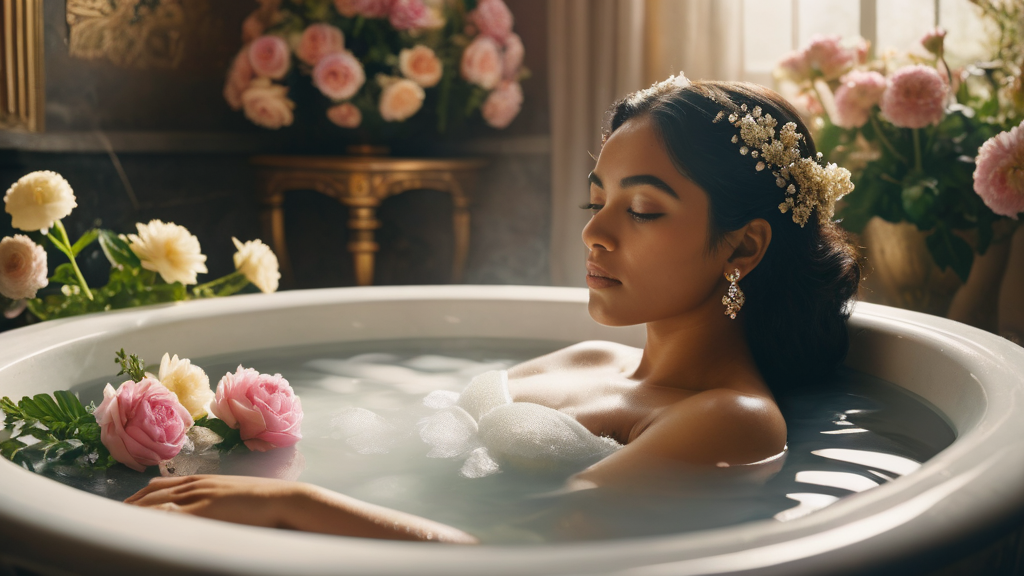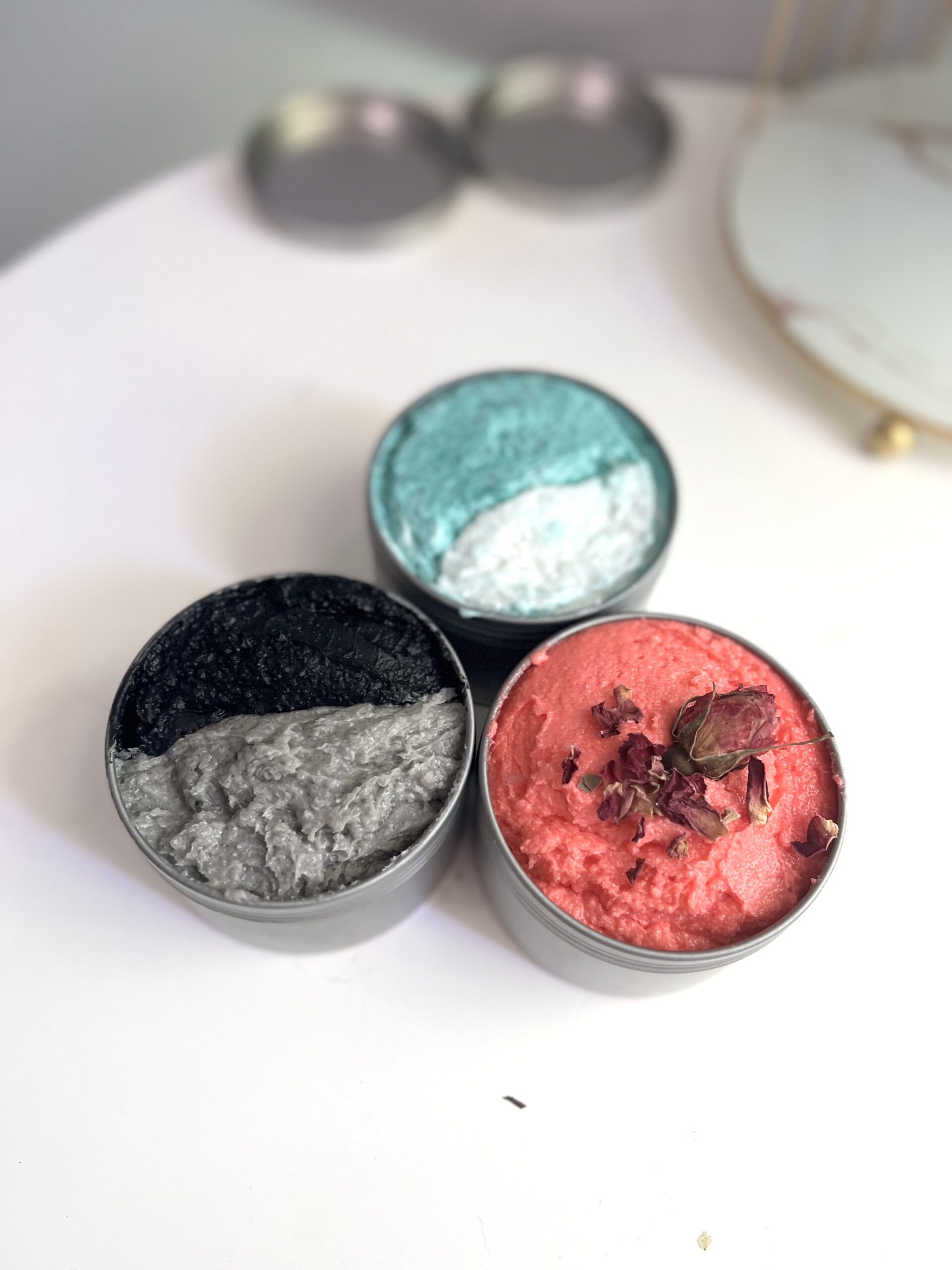
When it comes to choosing the right soap, there are many options available, and it can be tough to know which type is best for your skin. Among the most popular choices are glycerin soap and lye soap, each with its unique characteristics. Understanding the differences between these two types of soap can help you make an informed decision for your skin care needs.
At Anthousai Apothecary, we pride ourselves on creating high-quality soaps that are as nourishing as they are luxurious. While we specialize in a transparent soap that uses sorbitol as a key ingredient, we want to explore the differences between glycerin soap and lye soap, explaining how they compare in terms of skin benefits, durability, and overall quality. By the end of this article, you’ll have a clearer idea of which type of soap might be the best fit for your daily routine.
What is Glycerin Soap?

Glycerin soap, sometimes referred to as transparent soap, is unique for its clarity. It is made through the process of saponification, just like regular soap, but with a few differences that make it stand out. Glycerin is a natural by-product of the saponification process, which happens when oils (like coconut or palm oil) react with an alkali such as sodium hydroxide (lye).
However, most glycerin soap that you see on the market today goes through an extra step to become clear. During the manufacturing process, sugar-alcohol solutions are added, and additional glycerin is incorporated into the soap. This helps maintain its transparent appearance and balances the drying effects of the alcohol used in the process. The result is a soap that looks elegant and feels gentle on the skin.
At Anthousai Apothecary, we don’t just focus on glycerin; we also use sorbitol in our transparent soaps, which is similar to glycerin in its humectant properties. This means it naturally attracts moisture to the skin, helping to keep it hydrated and smooth. Sorbitol, like glycerin, is vegetable-based and can be found in many products that are designed to moisturize the skin.
Benefits of Glycerin Soap
- Moisturizing: Glycerin soap is known for being highly moisturizing, as it helps to draw moisture from the air and lock it into the skin. This makes it an excellent choice for people with dry or sensitive skin.
- Gentle on Skin: Glycerin soap is typically free from harsh chemicals and preservatives, making it gentle and soothing. Its mild nature makes it ideal for children or people with skin conditions like eczema or psoriasis.
- Transparency: The clear, translucent appearance of glycerin soap is aesthetically pleasing and a sign of its purity. It’s also fun to use, as many glycerin soaps feature decorative elements, such as flower petals or glitter, suspended within the bar.
- Quick to Use: Unlike lye soaps, which require a curing process, glycerin soaps are ready to use immediately after they’re made, making them convenient for those in a hurry.
What is Lye Soap?
Lye soap, on the other hand, is traditionally made through the process of cold or hot saponification. Lye soap requires a chemical reaction between oils (typically natural oils like olive oil, coconut oil, or shea butter) and sodium hydroxide (also known as lye). While the process may seem complex, it’s the traditional way of making soap and has been used for centuries.
When you make soap with lye, the process begins by combining oils with lye in a precise ratio. This causes a chemical reaction where the fats are broken down into fatty acids and glycerin. The glycerin is naturally formed as a by-product of the saponification reaction and contributes to the moisturizing qualities of the soap. After the soap mixture is poured into molds, it is allowed to cure for weeks, which hardens the soap and ensures it will last a long time.
At Anthousai Apothecary, our bar soaps are made with a cold-process technique, which gives them a rich, luxurious texture and enhances their nourishing properties. This method allows us to maintain full control over the ingredients, ensuring our soaps are as skin-friendly and natural as possible.
Benefits of Lye Soap
- Long-Lasting: Lye soap is known for its durability and long-lasting properties. Once cured, it forms a harder bar of soap, which will last longer in the shower or bath compared to glycerin soap, which tends to melt away faster.
- Customization: Lye soap offers more flexibility in terms of ingredient selection. Soap makers can choose specific oils and essential oils that target particular skin concerns, such as lavender for relaxation or tea tree oil for acne-prone skin. The final product can be completely customized to suit individual needs.
- Moisturizing and Skin-Friendly: Despite the misconception that lye soap may be harsh, it is actually moisturizing. During the saponification process, glycerin is produced as a by-product, which helps to hydrate the skin. Additionally, cold-process lye soaps can include nourishing ingredients like shea butter, olive oil, and coconut oil, further enhancing the moisturizing effect.
- Traditional Craft: Lye soap-making is a traditional, hands-on craft that allows soap makers to fully control the ingredients and the process. It’s a great choice for those looking for natural, handmade products that are free from synthetic additives.
Key Differences Between Glycerin Soap and Lye Soap
1. Ingredient Composition
- Glycerin Soap: Glycerin soap is primarily made up of glycerin, which is a humectant, and a combination of oils and alkali. The final product contains a higher concentration of glycerin than most other types of soap, making it very moisturizing.
- Lye Soap: Lye soap contains oils, sodium hydroxide (lye), and water. While lye soap also contains glycerin, the amount is less concentrated than in glycerin soap since part of the glycerin remains in the soap as a by-product of the chemical reaction.
2. Skin Benefits
- Glycerin Soap: Glycerin soap is highly moisturizing due to its humectant properties. It draws moisture from the environment and helps keep skin hydrated. It is perfect for people with dry or sensitive skin.
- Lye Soap: Lye soap is also moisturizing, but it requires curing time to allow the soap to fully harden and balance the oils. It is often used for its cleansing properties and can be customized to suit various skin types, from oily to dry.
3. Durability and Texture
- Glycerin Soap: Glycerin soap has a softer texture and is more prone to melting quickly when exposed to water. It doesn’t last as long as lye soap in the shower.
- Lye Soap: Lye soap is much firmer and lasts longer in the shower, especially when fully cured. The texture is often more solid and may have a rougher, rustic appearance.
4. Curing Process and Time
- Glycerin Soap: There is no curing time required for glycerin soap, making it ready to use immediately.
- Lye Soap: Lye soap requires curing for several weeks (typically 4-6 weeks) to harden fully and allow excess water to evaporate.
Which One is Right for You?

Ultimately, the choice between glycerin soap and lye soap depends on your personal preferences and skin care needs.
- Choose Glycerin Soap if you have dry or sensitive skin and prefer a soap that is gentle, moisturizing, and ready to use immediately. Glycerin soap’s clear, translucent look is also an attractive feature for those who love aesthetically pleasing products. Our Anthousai Apothecary Transparent Soap, made with sorbitol, offers the same moisturizing effects as glycerin while being a little gentler on the skin, thanks to its vegetable-based ingredients.
- Choose Lye Soap if you’re looking for a soap that will last longer, is customizable, and is made with traditional techniques. Lye soap also works well for people who enjoy using more natural, handmade products that can be tailored to specific skin needs.
Conclusion
Both glycerin soap and lye soap offer unique benefits for your skin. Glycerin soap is great for moisturizing, gentle cleansing, and immediate use, while lye soap is ideal for durability, customization, and long-term skincare. At Anthousai Apothecary, we believe in the power of high-quality, natural ingredients, which is why we offer our transparent soap made with sorbitol—a humectant that, like glycerin, draws moisture to the skin.
Whatever you choose, understanding the differences between glycerin soap and lye soap will help you make an informed decision about which type of soap is best for your skin’s health and beauty.




